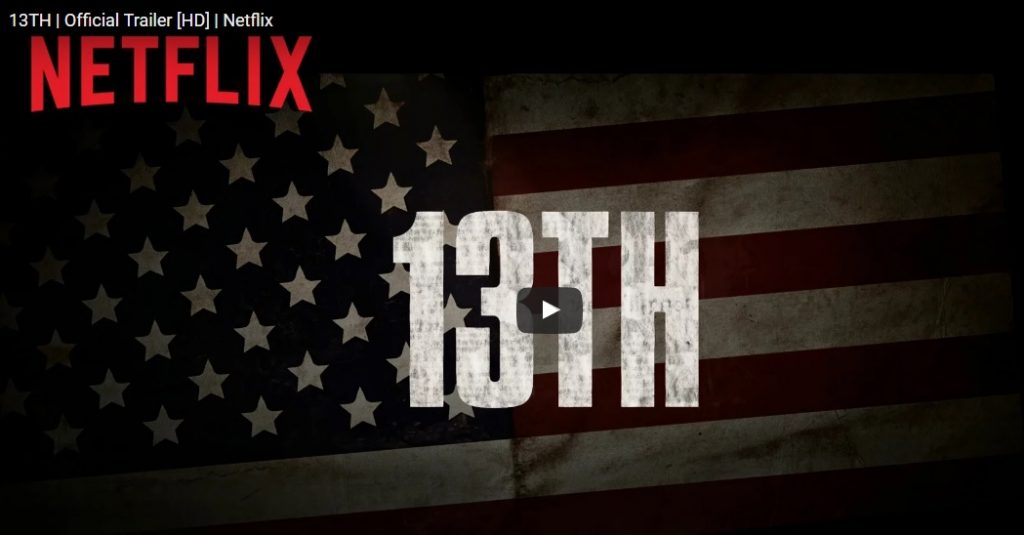POST WRITTEN BY: Prof. Peter Widulski, Assistant Director of the First Year Legal Skills Program and the Coach of International Criminal Moot Court Team at Pace Law School.
The Honorable Jed S. Rakoff, Senior Federal District Judge serving on the Southern District of New York, is one of the most distinguished federal judges and one of the most outspoken on criminal justice issues. A previous PCJI post reported on Judge Rakoff’s recommendations for the process of plea-bargaining. In November 2014, the judge addressed this issue further in an article he wrote for the New York Review of Books.
Prior to assuming the bench in 1996, Judge Rakoff was a federal prosecutor in the Southern District of New York, where he served as Chief of the Business and Securities Fraud Prosecutions Unit. He subsequently entered private practice and worked, among other assignments, as a defense lawyer on securities law prosecutions.
Judge Rakoff has been a friend of the Pace Law School community. He has on several occasions judged Pace’s Grand Moot Competition. He has also mooted Pace’s International Criminal Court moot court team, drawing on his experience as an advisor to International Criminal Court prosecutors at The Hague.
In an article published in the May 21, 2015 issue of the New York Review of Books, Judge Rakoff thoroughly reviews the issue of mass incarceration in the United States. The judge recently addressed this issue further in a speech he delivered at a conference at Harvard Law School in April 2015.
The judge notes that while the population of the U.S. is about 5 percent of the world’s population, U.S. prisons house nearly 25 percent of the world’s prison population.
Judge Rakoff attributes these statistics in large part to strict sentencing laws adopted, beginning in the 1970s, by Congress and State legislatures. These laws, which included mandatory minimum sentences for both violent and non-violent crimes, were intended to reduce the high rate of violent crime the U.S. was experiencing in the 1960s and 1970s. “The dictate common to all these laws,” the judge writes, “was that, no matter how minor the offender’s participation in the offense may have been, and no matter what mitigating circumstances might be present, the judge was required to send him to prison, often for a substantial number of years.”
In the years following adoption of these laws, the U.S. crime rate significantly declined. “The unavoidable question,” Judge Rakoff says, is whether the decrease in the U.S. crime rate can be attributed – either wholly or at least in some part – to the adoption of these strict sentencing laws. Judge Rakoff reviews several analytical studies that attempt to answer this question. The judge notes that the answer to this question is especially important because of the social effect of these laws: “by locking up so many young men, most of them men of color, we contribute to the erosion of family and community life in ways that harm generations of children, while creating a future cadre of unemployable ex-cons many of whom have learned in prison how better to commit future crimes.”
Judge Rakoff’s conclusion from the evidence presented, and the claims made, in these studies is that “one cannot fairly claim to know with any degree of confidence or precision the relative role of increased incarceration in decreasing crime.”
To rebut public belief to the contrary, the judge writes that
those whom the public does respect should point out why statutes prescribing mandatory minimums, draconian guidelines, and the like are not the solution to controlling crime, and why, in any case, the long-term price of mass incarceration is too high to pay, not just in economic terms, but also in terms of shared social values.


